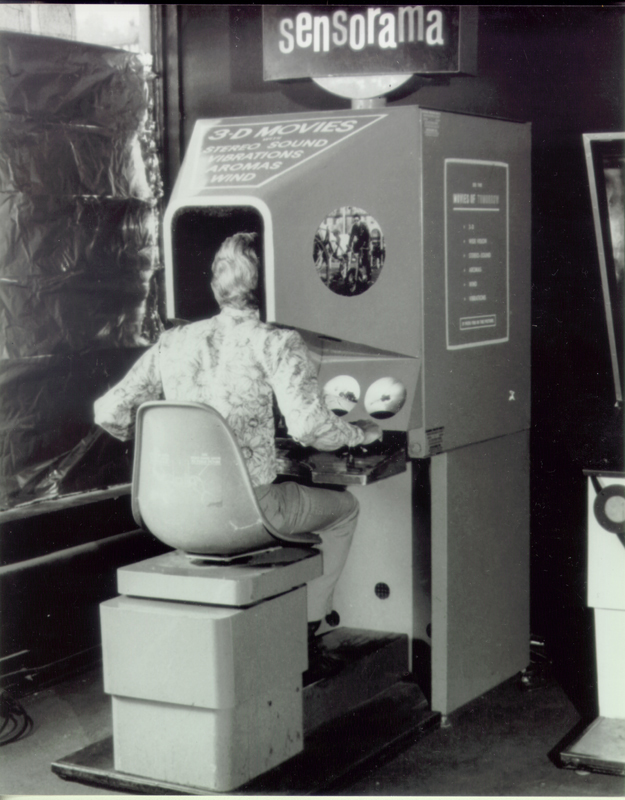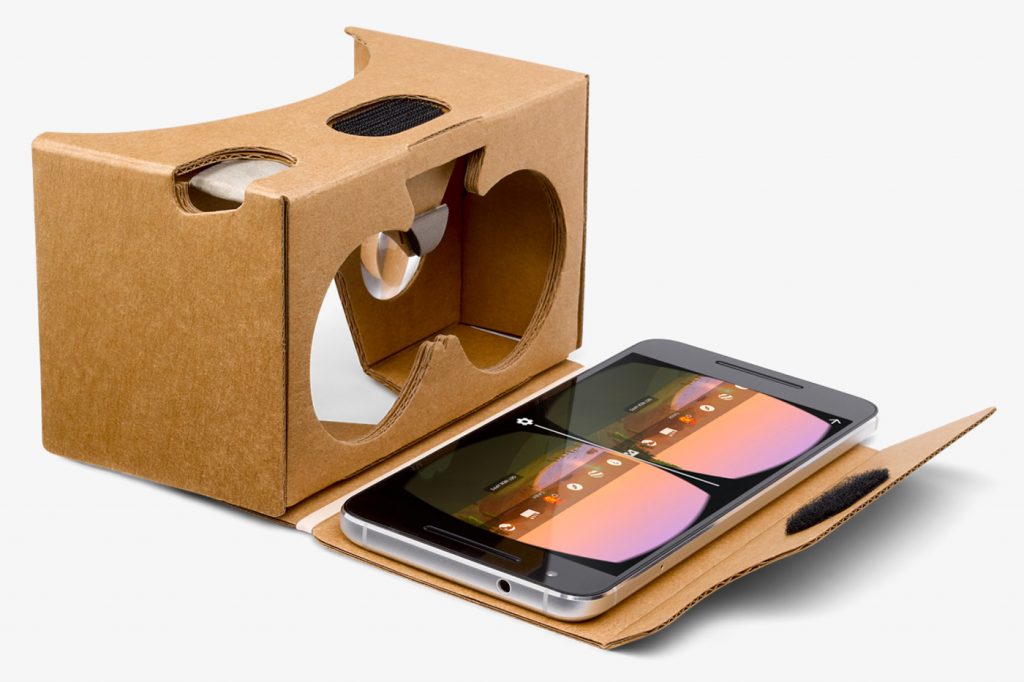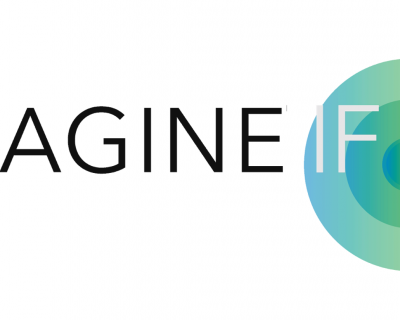Branch
Select your branch
Virtual & Augmented Realities : How they are shaping our future
—Written By Atilla Vrasdonk —
This year Innovation Forum Lausanne’s Annual Conference is devoted to inspiring the next generation of scientist-entrepeneurs with the latest advances in Virtual Reality (VR) and Augmented Reality (AR). On April 3rd, IFL will co-host the Virtual Reality conference together with Virtual Switzerland, the newly established national network about immersive technologies supported by the Confederation, via its Commission for Technology and Innovation (CTI). The third annual conference will be held at Forum Rolex at the Swiss Institute of Technology in Lausanne (EPFL) inviting guests to explore the concept of VR/AR, how VR/AR can bring together different fields of expertise and how VR/AR’s many applications can help resolving some of the future global challenges.
When did it all start?
Despite VR being all over media today, creating a “virtual reality” has been occupying the human mind long before the development of digital technology. Early elements of VR can already be traced back to the “Blue Box” the first flight simulator based on vacuum technology developed by Edwin Link in the late 1920s[1]. Later, Morten Heilig, an important pioneer in the field of virtual reality, developed the “Sensorama” an interactive theatre device using multi-sensory technology[2].

In 1987 computer scientist Jaro Lanier coined the term “virtual reality” and founded one of the first companies that developed virtual reality products such as the “DataGlove” and “EyePhone” [3]. In the decades that followed, virtual reality progressed in parallel with the technological advancements and reinvented itself according to our vision and expectations of what technology could do. Up to this day, virtual reality has evolved into a computer created interactive 3D virtual environment with valuable applications to numerous fields. What’s more, a slightly different way of interacting with the reality around us has evolved with the concept of augmented reality. Instead of creating a simulated environment, AR adds layers of computer-generated enhancements to our existing reality in real-time[4]. These two means of interacting with reality are valuable to our technological society and are the hot topic of the 21st century.
What does VR/AR imply?
Giving humans a sense of a virtual environment, so well designed it almost feels real, requires a highly synchronised system. New research findings are integrated with cutting edge technologies to achieve this synchronicity between hardware, software and sensory systems. Cooperation between many different fields of expertise are key to overcome the engineering complexity of creating this sense of presence. VR/AR is a human-computer interaction and its research is therefore situated at the intersection of human perception, behavioural science, information- and image processing techniques, design, media studies and several other fields. Moreover, to add an additional layer of complexity to the equation, AR is reliant on robust 3D model-based tracking system. With highly accurate trackers it is possible to get the exact position of the objects moving in the defined environment, and thereby achieving a real-time augmented reality[5].
What makes VR/AR so popular today?
VR/AR has become popular due to its high entertainment and cultural potential and is becoming more and more accessible to the public. Google has for example developed a “fun and affordable way” of allowing the user to experience virtual reality by strapping a mobile phone to a cardboard[6].

Furthermore, a cultural highlight is the ongoing project “Venice Time Machine” launched by the EPFL and the University Ca’Foscari. Currently archives covering a period of more than 1000 years are being digitized to build a multidimensional model of Venice and its evolution[7]. Moreover, one should mention the popularity of using VR in the film industry to situate its audience directly in the story. Kevin Beiger, founder and executive director of the International Animation and Virtual Reality Research Center, is already planning his first VR short movie with the title “Four Dishes and a Soup“[8], and just a few weeks ago, a short movie in VR got the first Oscar nomination! As a further matter, VR is of course shining in the gaming world in which attractive headsets such as the Oculus Rift and HTC Vive are being integrated with gaming platforms and can already be bought as a Playstation 4 accessory[9].

AR on its part is all over mobile phones and applications. You might for example already have used the glittering Snapchat picture effects or gone for a walk with your PokemonGo. What’s more, AR is being merged into the ever-evolving retail industry, where companies will have the possibility of bringing physical presence to online shopping[10], or even use it for new frameworks of communication (Holloportation) with Microsoft Hololens.
How can it resolve global challenges?
Providentially the possible applications of VR/AR stretches further than gaming, picture effects and fancy movie scenes. Today VR/AR is starting to become advantageous amongst others for medical applications, rehabilitation, education and disaster relief. In the medical field for example, a virtual reality human anatomy software is being developed through which one one will be able to visualize and manipulate all kind of MRI and CT data (Vedavi Medical)[11]. Moreover highly realistic simulators are being developed for surgeons to train in a safe environment before performing surgeries on patients (Virtamed)[12]. What’s even more accommodating is the development of real-time 3D image reconstructions of tumors to assist surgeons in the OR (Medsightstech)[13]. Another ground-breaking field is the use VR/AR in rehabilitation as the VR/AR offers the opportunity of bringing the complexity of the physical world into a safe and controlled environment of the laboratory. One of the focus points in this respect, is developing VR/AR technologies that increase patient’s involvement in the rehabilitation process (IEEE)[14]. Furthermore, a completely different beneficial project is the development of a VR controlled drone approaching a natural disaster (Pouncer Drone)[15]. The drone will be able to rapidly access difficult locations in the damaged environment and provide first aid equipment, or even be controlled with a wearable jacket, as presented by the EPFL Laboratory of Intelligent Systems (LIS). Finally in terms of future developments, hackatons on how to use VR/AR for urban sustainability are initiated around the globe which is a promising indication of VR/AR moving in the direction of endurable solutions (Future Earth)[16].
To conclude on today’s status of VR/AR, the fast developing technological- and scientic advancements are allowing the concept of VR/AR to stretch beyond the imaginable. It will be exciting to see during our Annual Conference how more and more fields of expertise will merge to create VR/AR inspired innovative ideas that can support the vision of a sustainable future.
[1] L. L. Kelly and R. B. Parke, The pilot maker. Grosset Dunlap, 1970.
[2] H. Rheingold, Virtual reality . Summit Books, 1991.
[3] Brief biography of Jaron Lanier
[6] Google cardboard
[8] Y. Sun, The man selling virtual reality to china, Jan 2017.
[9] A. Robertson, How virtual reality gaming is blowing its big chance in 2016, Jun 2016.
[10] Enterprise augmented reality platform
[11] Virtual reality in medicine
[12] Simulators for medical training and education
[13] Medsights tech
[14] A. Alamri, J. Cha, and A. E. Saddik, Ar-rehab: An augmented reality framework for poststroke-patient rehabilitation,” IEEE Transactions on Instrumentation and Measurement , vol. 59, no. 10, p. 2554-2563, 2010.
[15] Pouncer drone : ‘Edible’ drone for disaster relief,” Sep 2016.
[16] Behind the scenes at Australia’s first virtual reality hackathon on urban sustainability


